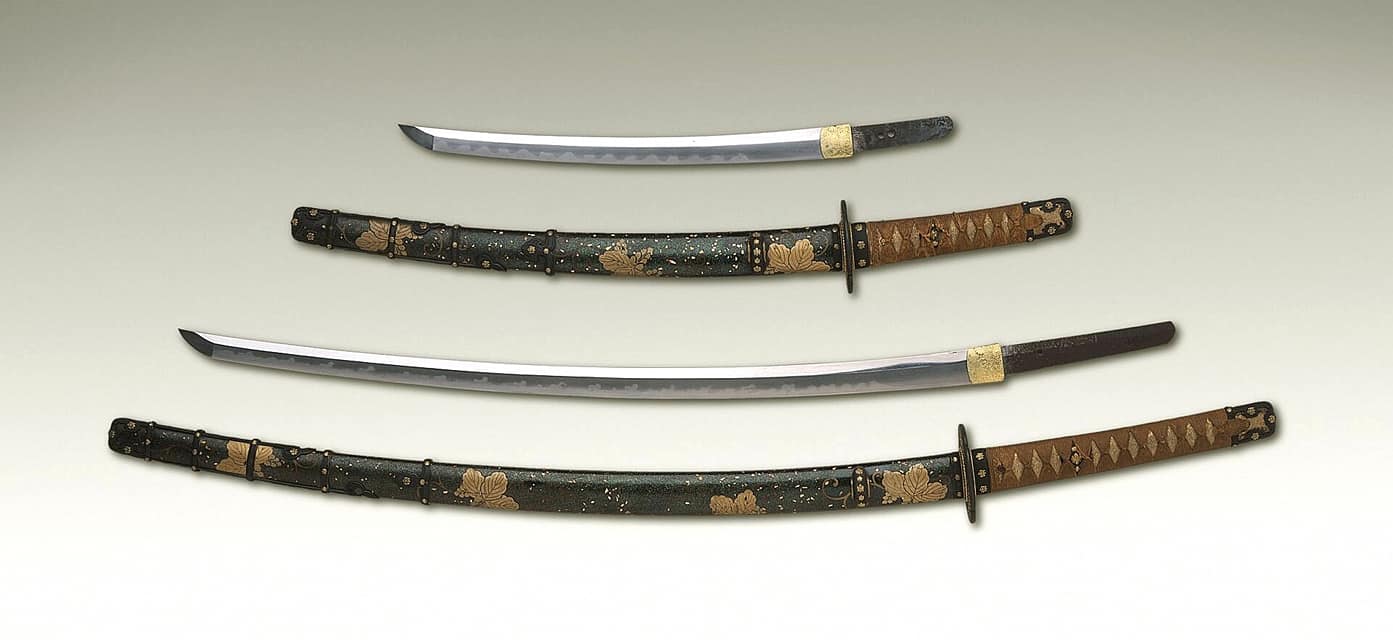Between 1945 and 1953, sword manufacture and sword-related martial arts were banned in Japan. Many swords were confiscated and destroyed, and swordsmiths were not able to make a living. Since 1953, Japanese swordsmiths have been allowed to work, but with severe restrictions: swordsmiths must be licensed and serve a five-year apprenticeship, and only licensed swordsmiths are allowed to produce Japanese swords (nihonto), only two longswords per month are allowed to be produced by each swordsmith, and all swords must be registered with the Japanese Government.
Outside Japan, some of the modern katanas being produced by western swordsmiths use modern steel alloys, such as L6 and A2. These modern swords replicate the size and shape of the Japanese katana and are used by martial artists for iaidō and even for cutting practice (tameshigiri).
Mass-produced swords including iaitō and shinken in the shape of katana are available from many countries, though China dominates the market.These types of swords are typically mass-produced and made with a wide variety of steels and methods.

According to the Parliamentary Association for the Preservation and Promotion of Japanese Swords, organized by Japanese Diet members, many katana distributed around the world as of the 21st century are fake Japanese swords made in China. The Sankei Shimbun analyzed that this is because the Japanese government allowed swordsmiths to make only 24 Japanese swords per person per year in order to maintain the quality of Japanese swords.
Many swordsmiths after the Edo period have tried to reproduce the sword of the Kamakura period which is considered as the best sword in the history of Japanese swords, but they have failed. Then, in 2014, Kunihira Kawachi succeeded in reproducing it and won the Masamune Prize, the highest honor as a swordsmith. No one could win the Masamune Prize unless he made an extraordinary achievement, and in the section of tachi and katana, no one had won for 18 years before Kawauchi.
To be continued.
Source: Facebook/Aikido



